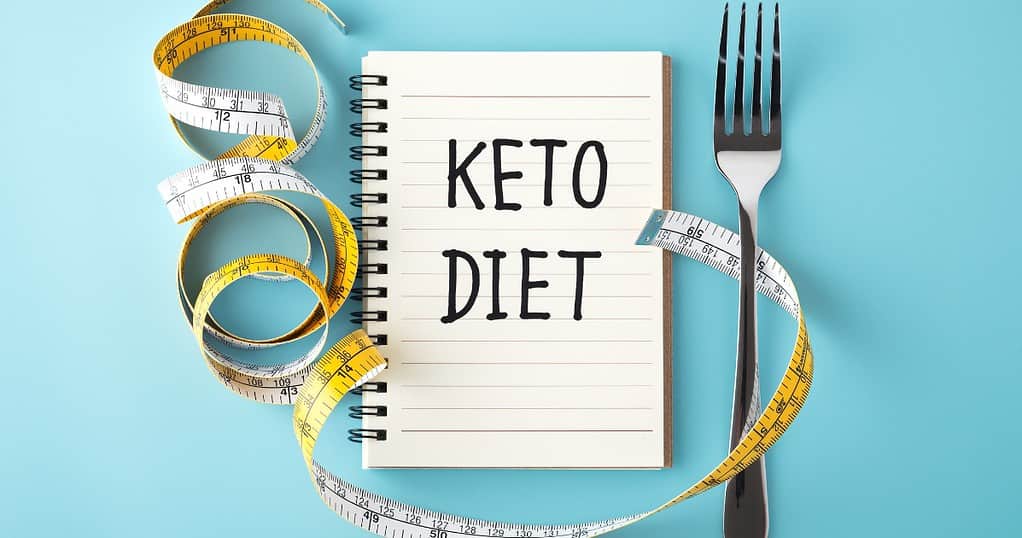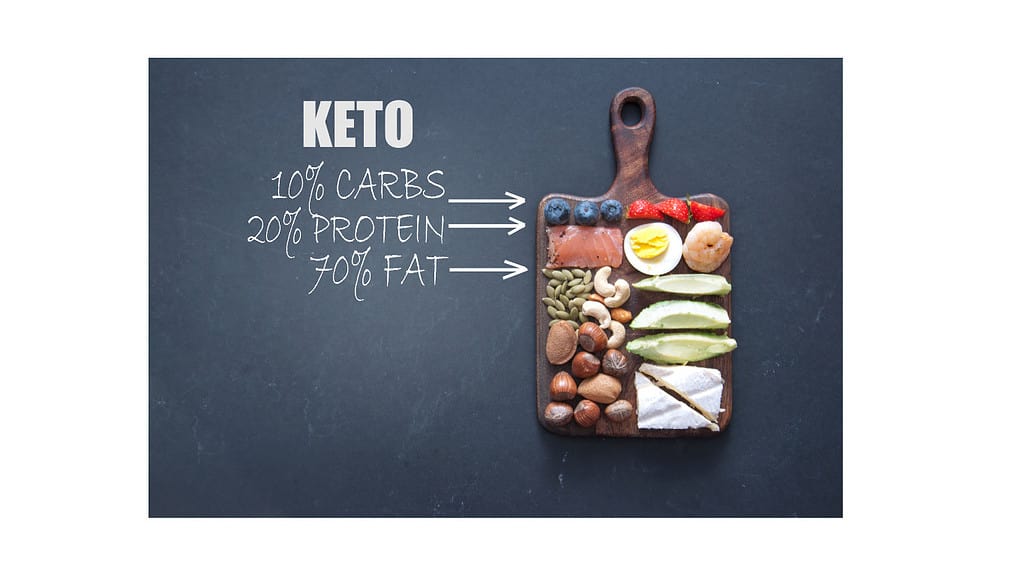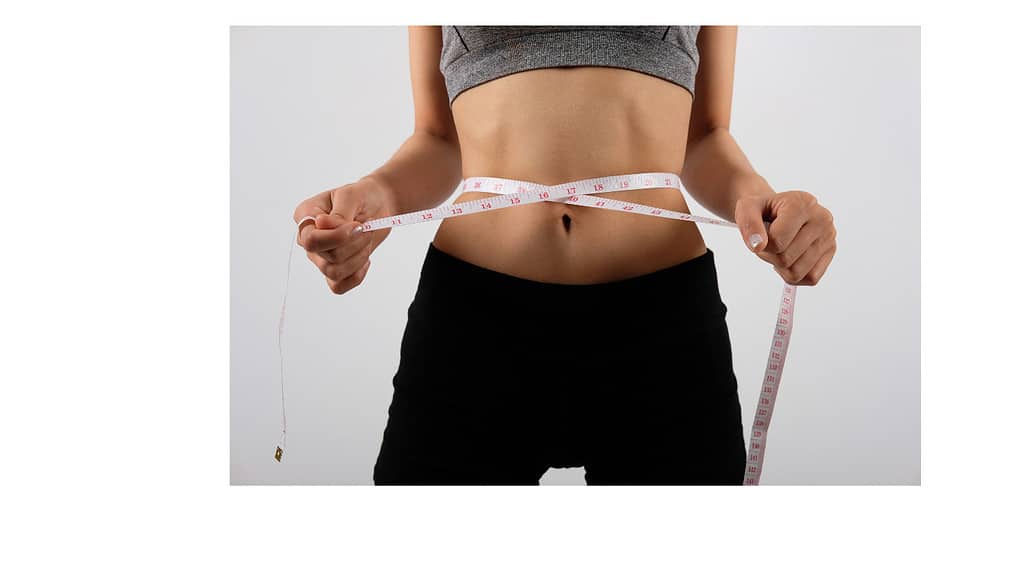
Introduction to the Keto Diet
Welcome to the world of keto! If you’ve heard about the ketogenic, or “keto” diet, you might be wondering what all the buzz is about. In this comprehensive guide, we’ll explore the ins and outs of the keto diet, helping you understand the principles behind it, the benefits it can offer, the foods you should eat and avoid, and much more.
The keto diet is a low-carb, high-fat eating plan that has gained popularity in recent years for its potential weight loss and health benefits. The main goal of the diet is to help your body enter a state of ketosis, where it starts burning fat for fuel instead of carbohydrates. This can lead to a variety of positive outcomes, such as improved cognitive function, increased energy levels, and, of course, weight loss.
In this guide, we’ll also provide you with tips for keto diet success, discuss potential side effects and how to manage them, share some beginner-friendly keto recipes, and answer frequently asked questions about the keto lifestyle. So, let’s dive right in and unlock the power of keto!
Understanding Ketosis and Its Benefits
What is Ketosis?
Ketosis is a metabolic state where your body burns fat for fuel instead of carbohydrates. When you follow a traditional high-carb diet, your body relies on glucose (from carbs) as its primary source of energy. However, when you drastically reduce your carb intake, as is the case with the keto diet, your body doesn’t have enough glucose to use for energy. As a result, it starts breaking down fat into molecules called ketones, which can be used as an alternative fuel source.
The Benefits of Ketosis
There are several potential benefits associated with reaching a state of ketosis, including:
- Weight loss: Because your body is burning fat for fuel, you may experience significant weight loss on the keto diet. This is one of the primary reasons why many people are drawn to the keto lifestyle.
- Improved cognitive function: Some research suggests that ketones may be a more efficient energy source for the brain than glucose, leading to improved mental clarity and focus.
- Increased energy levels: Once your body has adapted to using ketones for fuel, you may find that you have more consistent energy levels throughout the day, without the crashes associated with a high-carb diet.
- Reduced inflammation: A keto diet may help reduce inflammation in the body, which can have a variety of positive effects, including improved joint health and a reduced risk of chronic disease.
- Better blood sugar management: By eliminating high-carb foods, the keto diet can help stabilize blood sugar levels, which may be particularly beneficial for individuals with diabetes or prediabetes.
How the Keto Diet Works
The Macronutrient Breakdown

The key to the keto diet is achieving the right macronutrient balance. This means getting the majority of your calories from fat, a moderate amount from protein, and a minimal amount from carbohydrates. A typical keto diet consists of approximately 70-80% fat, 20-25% protein, and 5-10% carbohydrates.
It’s important to note that everyone’s individual needs may vary, so it’s a good idea to consult with a healthcare professional or nutrition expert before embarking on a keto diet.
Entering Ketosis
To enter ketosis, you’ll need to drastically reduce your carbohydrate intake, typically to 20-50 grams per day. This may vary depending on factors such as your activity level, age, and metabolic rate. It can take anywhere from a few days to a couple of weeks for your body to fully transition into ketosis, depending on your previous diet and individual factors.
Keto Kickstarter Package
Supercharge Your Weight Loss
Lose Up To 1lb of Fat Every 72 hours!
Adapting to the Keto Lifestyle
Once you’ve entered ketosis, it’s important to maintain your macronutrient balance to continue reaping the benefits of the keto diet. This means continuing to consume high-fat, low-carb foods and avoiding high-carb options. Over time, your body will become more efficient at using ketones for energy, and you’ll likely find that the keto diet becomes easier to maintain.
Foods to Eat and Avoid on a Keto Diet
Foods to Eat
When following a keto diet, focus on consuming whole, nutrient-dense foods. Some examples of keto-friendly foods include:
- Fats and oils: Olive oil, avocado oil, coconut oil, butter, ghee, and MCT oil
- Protein: Meat, poultry, fish, eggs, and full-fat dairy products
- Non-starchy vegetables: Leafy greens, broccoli, cauliflower, zucchini, bell peppers, and asparagus
- Nuts and seeds: Almonds, walnuts, chia seeds, and flaxseeds
- Low-sugar fruits: Avocado, olives, and small amounts of berries
- Dairy: Full-fat cheese, yogurt, and heavy cream
Foods to Avoid
Avoid high-carb foods and those with added sugars, as they can quickly push you out of ketosis. Foods to avoid on a keto diet include:
- Grains and starches: Bread, pasta, rice, and cereals
- High-sugar fruits: Bananas, grapes, mangoes, and pineapple
- Legumes: Beans, lentils, and chickpeas
- Sugary foods: Candy, cookies, cakes, and soft drinks
- Processed foods: Chips, crackers, and store-bought sauces
- High-carb vegetables: Potatoes, corn, and peas
Tips for Keto Diet Success
Plan Your Meals
If you’re aiming for success on the ketogenic diet, it’s vital to ensure you’re meeting your macronutrient goals. This can be challenging, especially when you’re just getting started. A solution many find helpful is planning meals ahead of time. By creating a weekly menu, you can calculate your intake of proteins, fats, and carbohydrates, making it easier to stay on track.
Yet, meal planning can feel daunting when you don’t know where to start. Thankfully, tools exist to help you out. For example, consider exploring a meal-planning app. Even better, you might want to take a look at this Keto Kickstarter Package. For just $1, you can try out this comprehensive guide, which includes a 30-day keto meal plan, a complete grocery list of keto-friendly foods, a collection of 77 scrumptious keto dessert recipes, and even a cheat sheet of 100 keto carb alternatives.
Packed with helpful resources, the Keto Kickstarter Package can streamline your meal planning process and make sticking to your diet a breeze.
Stay Hydrated
Staying hydrated is crucial on any diet, but it’s particularly important on the keto diet, as you may lose more water weight initially. Aim to drink at least 8 cups of water per day and consider adding electrolytes to your water to replenish minerals lost through sweat.
Find Support
Embarking on a new diet can be challenging, so it’s helpful to have a support system in place. Connect with others who are following a keto lifestyle, either online or in person, to share tips, recipes, and encouragement.
Potential Side Effects and How to Manage Them
The “Keto Flu”
As your body adapts to using ketones for fuel, you may experience some temporary side effects, collectively referred to as the “keto flu.” Symptoms may include fatigue, headache, dizziness, irritability, and digestive issues. To help alleviate these symptoms, make sure you’re staying hydrated, consuming enough electrolytes, and getting plenty of rest.
Nutrient Deficiencies
Since the keto diet restricts certain food groups, it’s important to ensure you’re getting all the nutrients you need. If you’re concerned about nutrient deficiencies, consider taking a high-quality multivitamin and working with a nutrition expert to optimize your diet.
Weight Loss Plateaus
If you hit a weight loss plateau on the keto diet, don’t despair. It’s normal for weight loss to slow down after the initial rapid drop. To help break through a plateau, consider reassessing your macronutrient goals, increasing your activity level, or trying intermittent fasting.
Keto Diet and Weight Loss

The keto diet is often praised for its ability to promote rapid weight loss, particularly in the initial stages. This is primarily due to the fact that your body is burning fat for fuel, helping you shed excess body fat. Additionally, the keto diet can help control hunger hormones, making it easier to stick to your calorie goals and lose weight.
However, it’s important to remember that weight loss is a complex process, and the keto diet may not be the best fit for everyone. If you’re considering the keto diet for weight loss, consult with a healthcare professional or nutrition expert to determine if it’s the right choice for you.
Keto-Friendly Recipes for Beginners
Starting the keto diet can feel overwhelming, especially when it comes to figuring out what to eat. Here are a few beginner-friendly keto recipes to help you get started:
- Keto Egg Muffins: In a large bowl, whisk together eggs, diced vegetables, cooked bacon or sausage, and shredded cheese. Pour the mixture into a greased muffin tin and bake at 375°F for 20-25 minutes, or until the eggs are set.
- Cauliflower Fried Rice: In a food processor, pulse cauliflower florets until they resemble rice. In a large skillet, sauté garlic, onion, and your choice of protein (such as chicken, shrimp, or tofu) in olive oil. Add the cauliflower rice and your favorite low-carb veggies, then stir in soy sauce or coconut aminos to taste. Cook until heated through and serve.
- Keto Chicken Alfredo: In a large skillet, cook chicken breast in olive oil until cooked through. Remove from the skillet and set aside. In the same skillet, melt butter, then add heavy cream and grated Parmesan cheese, stirring until a smooth sauce forms. Add cooked chicken back to the skillet and serve over cooked spaghetti squash or zucchini noodles.
Frequently Asked Questions About the Keto Diet
Can I still eat out on the keto diet?
Yes, you can still eat out on the keto diet, but it may require some planning and modifications. Choose dishes that are high in fat and protein and low in carbs, such as grilled meats, salads with full-fat dressings, and non-starchy vegetables. Be sure to ask for any necessary substitutions, such as swapping rice for extra veggies.
How do I know if I’m in ketosis?
There are a few ways to determine if you’re in ketosis, including using ketone test strips, breath analyzers, or blood tests. Additionally, you may notice changes in your body, such as increased energy levels, improved mental clarity, and decreased hunger.
Can I drink alcohol on the keto diet?

While it’s best to limit alcohol consumption on the keto diet, you can still enjoy certain low-carb options in moderation. Stick to spirits with no added sugar, such as vodka, gin, or tequila, and avoid sugary mixers. Dry wines and low-carb beers are also options, but be mindful of their carb content.
Conclusion and Next Steps for Starting a Keto Lifestyle
The keto diet offers a unique approach to weight loss and overall health, with many potential benefits for those who can successfully maintain a state of ketosis. By understanding the principles behind the diet, knowing which foods to eat and avoid, and following the tips provided in this guide, you’ll be well on your way to unlocking the power of keto.
As you embark on your keto journey, remember to consult with a healthcare professional or nutrition expert to ensure you’re meeting your individual needs and goals. With dedication, planning, and support, you can successfully transition to a keto lifestyle and reap the rewards it has to offer. Good luck, and welcome to the world of keto!


